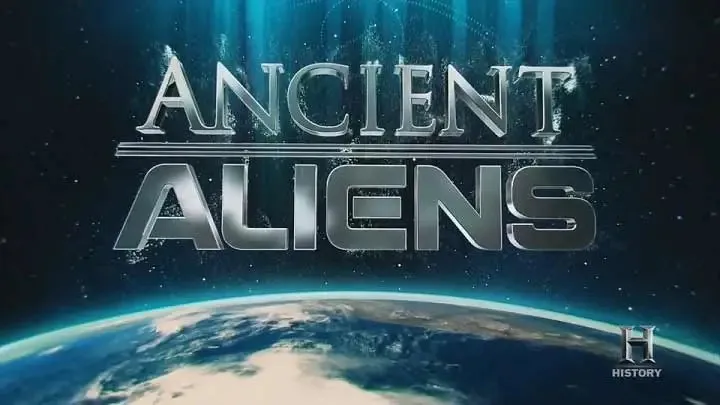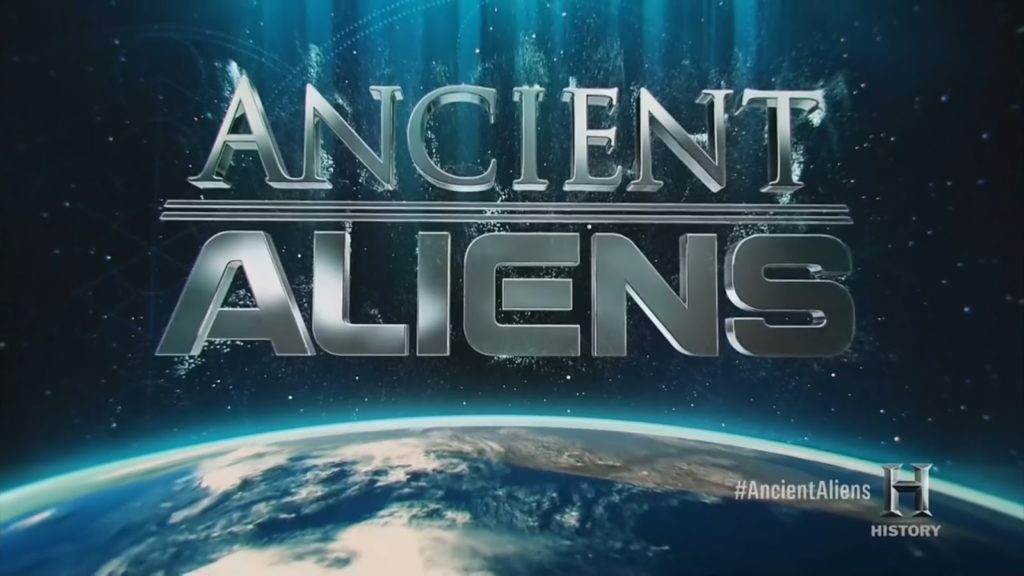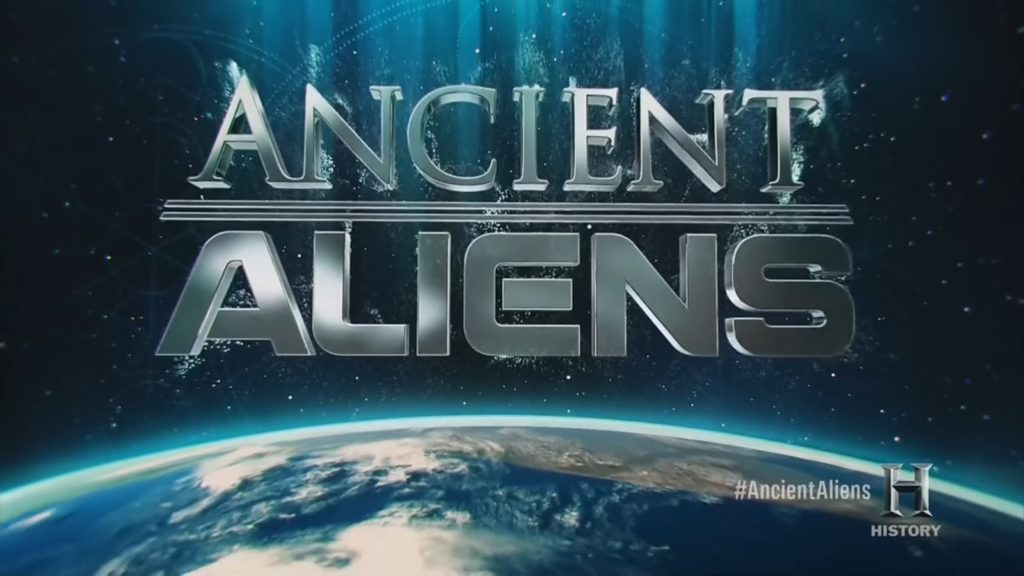Ancient Aliens – The Anunnaki Connection: In ancient Mesopotamia, the Sumerians make advances in agriculture, science, medicine, and astronomy, crediting these achievements to winged gods known as the Anunnaki.
Ancient Aliens is an American television series that premiered on April 20, 2010, on the History channel. Produced by Prometheus Entertainment in a documentary style, the program presents hypotheses of ancient astronauts and proposes that historical texts, archaeology, and legends contain evidence of past human-extraterrestrial contact. The show has been widely criticized by historians, cosmologists, archaeologists and other scientific circles for presenting and promoting pseudoscience, pseudohistory and pseudoarchaeology.
Ancient Aliens – The Anunnaki Connection
The Sumerians credited their divinities for all matters pertaining to them and exhibited humility in the face of cosmic forces, such as death and divine wrath. Sumerian religion seems to have been founded upon two separate cosmogenic myths.
The first saw creation as the result of a series of hieroi gamoi or sacred marriages, involving the reconciliation of opposites, postulated as a coming together of male and female divine beings; the gods. This continued to influence the whole Mesopotamian mythos. Thus, in the later Akkadian Enuma Elish, the creation was seen as the union of fresh and salt water; as male Abzu, and female Tiamat. The products of that union, Lahm and Lahmu, “the muddy ones”, were titles given to the gate keepers of the E-Abzu temple of Enki, in Eridu, the first Sumerian city.
Describing the way that muddy islands emerge from the confluence of fresh and salty water at the mouth of the Euphrates, where the river deposited its load of silt, a second hieros gamos supposedly created Anshar and Kishar, the “sky-pivot” or axle, and the “earth pivot”, parents in turn of Anu (the sky) and Ki (the earth). Another important Sumerian hieros gamos was that between Ki, here known as Ninhursag or “Lady of the Mountains”, and Enki of Eridu, the god of fresh water which brought forth greenery and pasture.
At an early stage, following the dawn of recorded history, Nippur, in central Mesopotamia, replaced Eridu in the south as the primary temple city, whose priests exercised political hegemony on the other city-states. Nippur retained this status throughout the Sumerian period.




